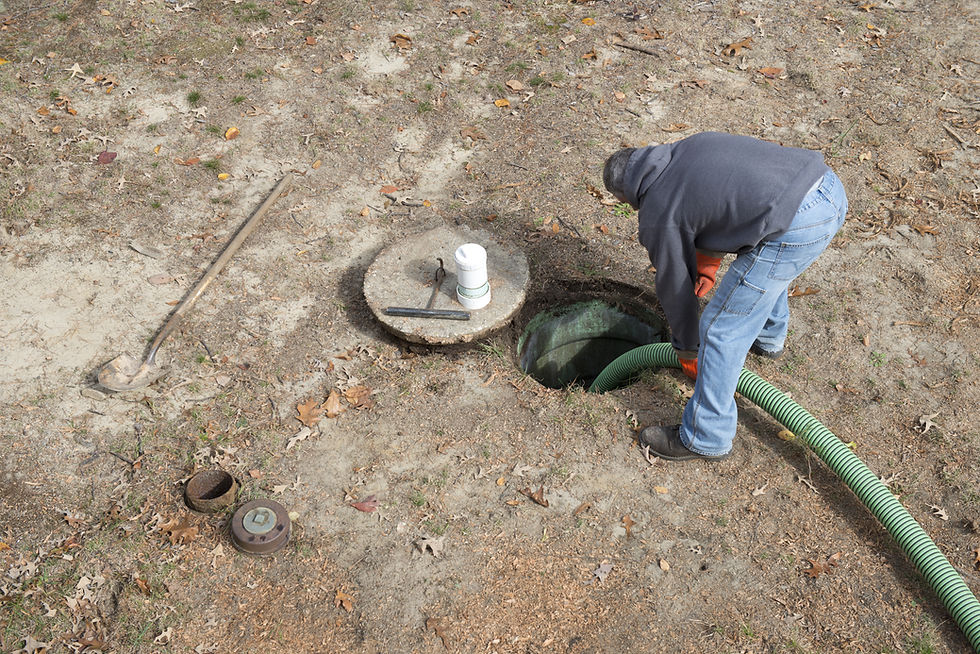VIEW THIS SITE IN ENGLISH OR SPANISH
ENSURE NOSARA HAS CLEAN WATER, RIVERS, & OCEAN
HOW TO CONSERVE WATER AND PREVENT POLLUTION FROM ENTERING OUR WATERWAYS.
This online wastewater guide will assist in understanding your water use and treating water with environmental-friendly methods. Do your part to help ensure Nosara has clean water, rivers, and ocean by implementing sustainable solutions for wastewater.
WASTEWATER BASICS
TYPES OF WASTEWATER

DID YOU KNOW?
Most of the pollution in our oceans comes from chemicals, nutrients, solid waste, and plastic pollution which makes up 80% of marine debris.
A FUNCTIONING SEPTIC SYSTEM
What does a functioning septic system look like? Listed are the Components and how they are supposed to work. Locate and identify each of the following components in your business or home. Each of these are important steps in the treatment process!
GREASE TRAP
SEPTIC TANK


DID YOU KNOW?
Most septic tanks in Costa Rica are undersized because local requirements are based on the average water consumption of Costa Rican families.
The required size of your drain field depends on the amount of water used and permeability of the ground on your property. Check your soil study (uso de suelo) for the permeability on your property. Check the date of the study and assume lower permeability rates in rainy season.

DID YOU KNOW?
Only 15% of wastewater is treated in Costa Rica and it's up to you to treat yours!
DRAIN FIELD

DID YOU KNOW?
If your soil percolation rate is less than 2 or more than 25 cm per minute, the use of a traditional septic system is not permitted and you will require a contained wastewater treatment plant or holding tank.
TAKE ACTION
STEPS YOU CAN FOLLOW TO IMPROVE YOUR WASTEWATER SYSTEM. WE'RE HERE TO HELP. CONTACT US TODAY!

INDICATIONS YOU HAVE A PROBLEM
-
Showers and sinks are not draining well.
-
Toilets are not flushing well.
-
Area around septic tank floods and stays damp.
-
Bad odor coming from the septic tank.
-
Dirty water pools in the yard after heavy rain.
ANAEROBIC FILTER




WASTEWATER
SUSTAINABLE SOLUTIONS

DID YOU KNOW?
Tap water is potable and safe to drink in Costa Rica. This water shouldn’t be used for irrigation because of the limited infrastructure that exists to provide access to water in our community.
QUICK TIPS FOR
CONSERVING & PROTECTING WATER
HOW TO REDUCE YOUR IMPACT
Make sure your wastewater treatment system is adequately designed and sized, and keep up with maintenance.
Clean your septic tank every 3 years and your grease trap every 3 months (dependent on use).
Keep the area around your septic tank and drain field clear of large trees and impermeable surfaces.
Upgrade your system to improve wastewater treatment. Install a vetiver grass and native plant bio-garden in your drain field. Add an anaerobic filter or other filtration steps to your system. Upgrade to a wastewater treatment plant.
Don’t flush anything that won’t disintegrate if you shake it in a bottle full of water. You should be able to flush toilet paper, so if this is an issue you should have your system inspected and upgraded.
Keep chemicals and oils out of your water and use eco-friendly cleaning & personal hygiene products.
Install low flow faucets or add aerators (< 6 liters per min).
Install low flow toilets or urinals (< 6 liters per flush), dual flush, or incinerator/composting toilets.
Use rainwater catchment or separate grey water and recycle it for irrigation.
If you have a pool, fill this with a truck (never with local water supply) and take the following conservation measures to save water: (1) solar pool cover; (2) wind blocks like hedges or fences; (3) no fountains or waterfalls; (4) limit backwashing to under 2 minutes and only when the pressure reaches 10 psi higher than clean pressure.
Don’t wash linens and towels more than once a week.
Regularly check for and repair leaks.
Use reef-friendly sunscreen! Look for mineral sunblocks and check the ingredients to make sure there is NO oxybenzone, octinoxate, octocrylene, homosalate, 4-methylbenzylidene camphor, PABA, parabens, triclosan, nanoparticles or microplastics (such as exfoliating beads).

SUSTAINABLE NOSARA
YOUR GUIDE TO ALL THINGS SUSTAINABLE IN NOSARA

GET AN EVALUATION
Contact a local engineer with no conflict of interest to evaluate your system.

ANAEROBIC FILTER
Add an anaerobic filter, vetiver grass bio-garden or other filtration
steps to your system.

REPLACEMENT OPTIONS
Replace your septic tank with a wastewater treatment plant. See an example at bionest-tech.com

INSPECTOR GUIDE
ENGLISH/SPANISH
Download the English and Spanish version of the inspector guide and checklist.
DOWNLOAD NOW













